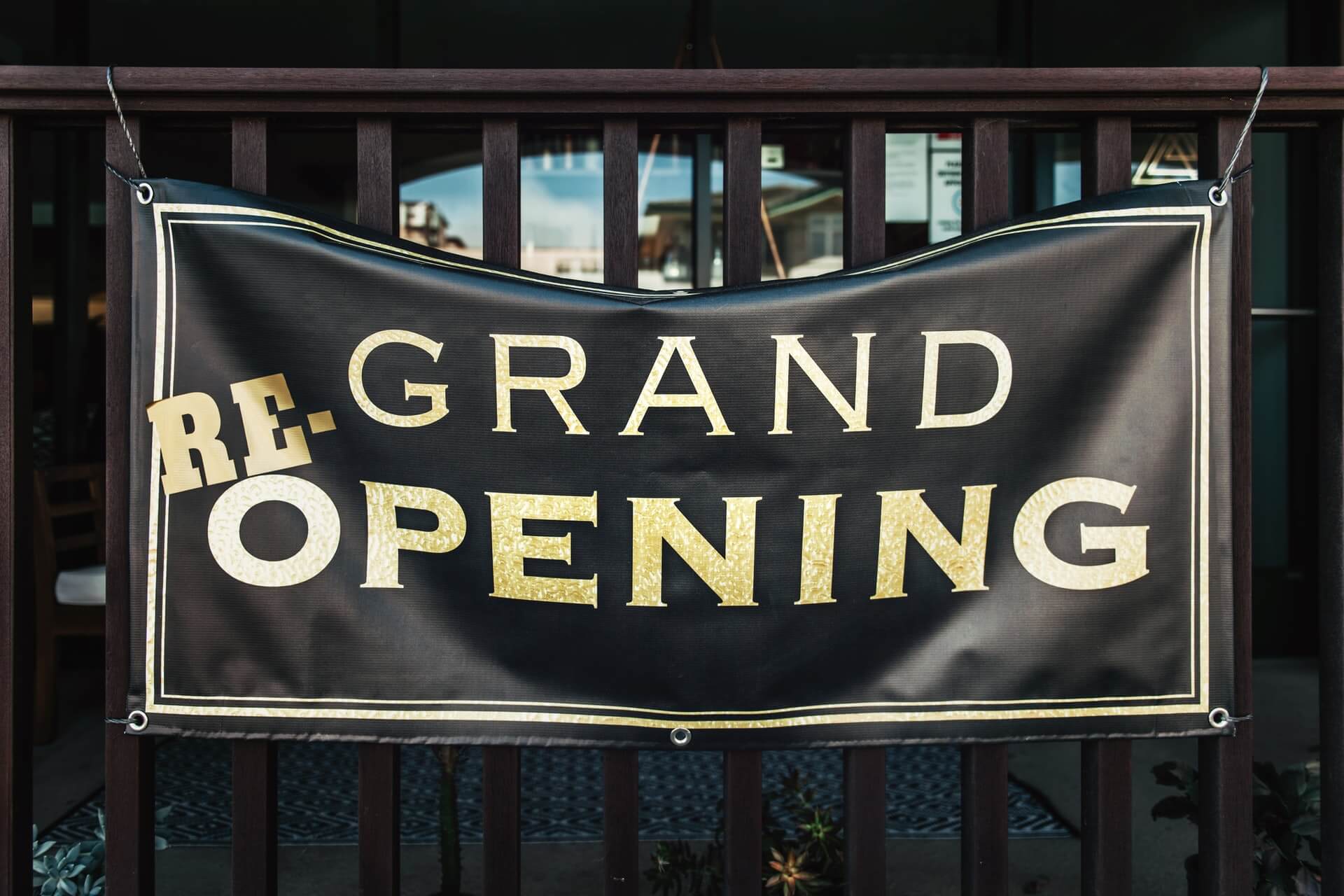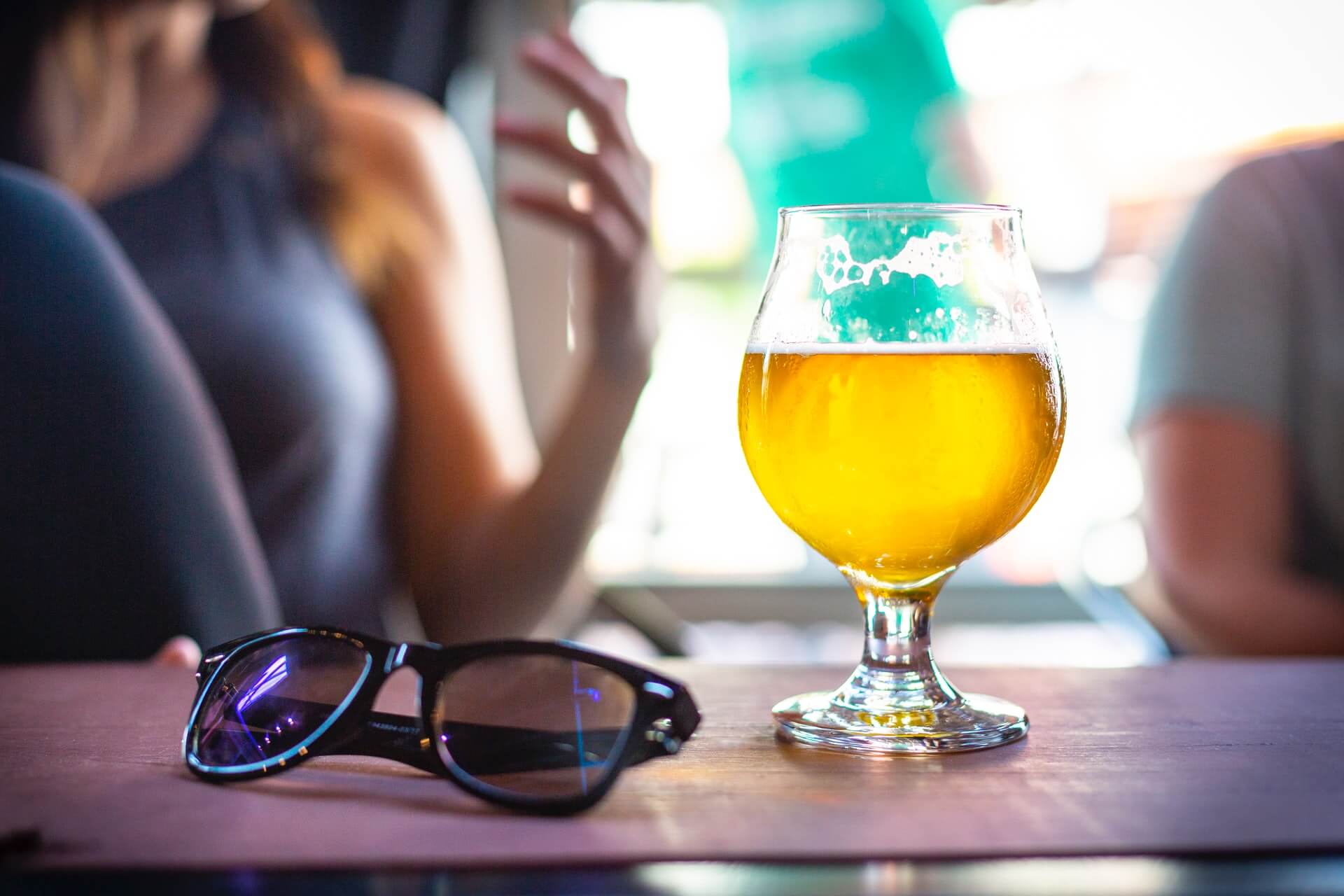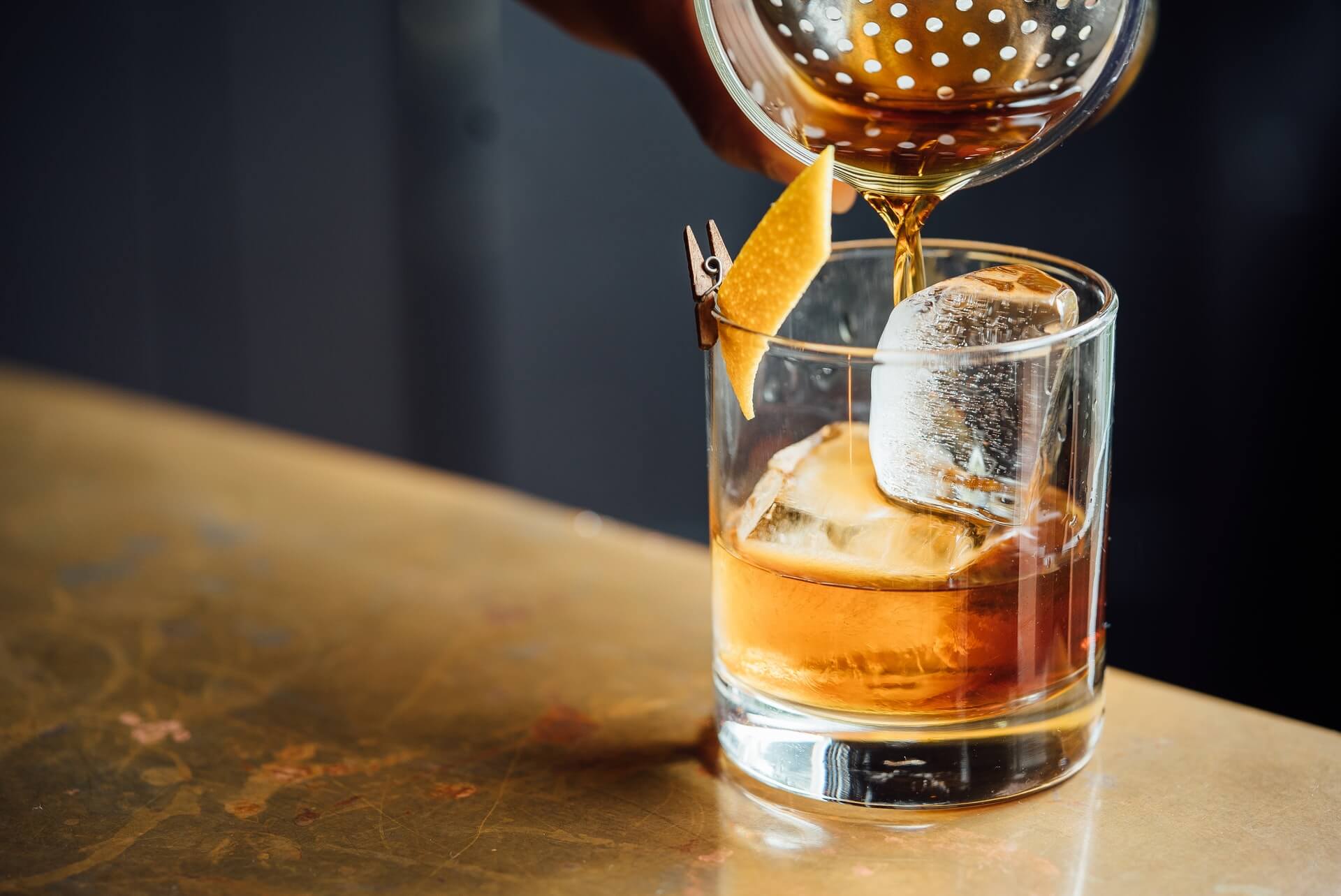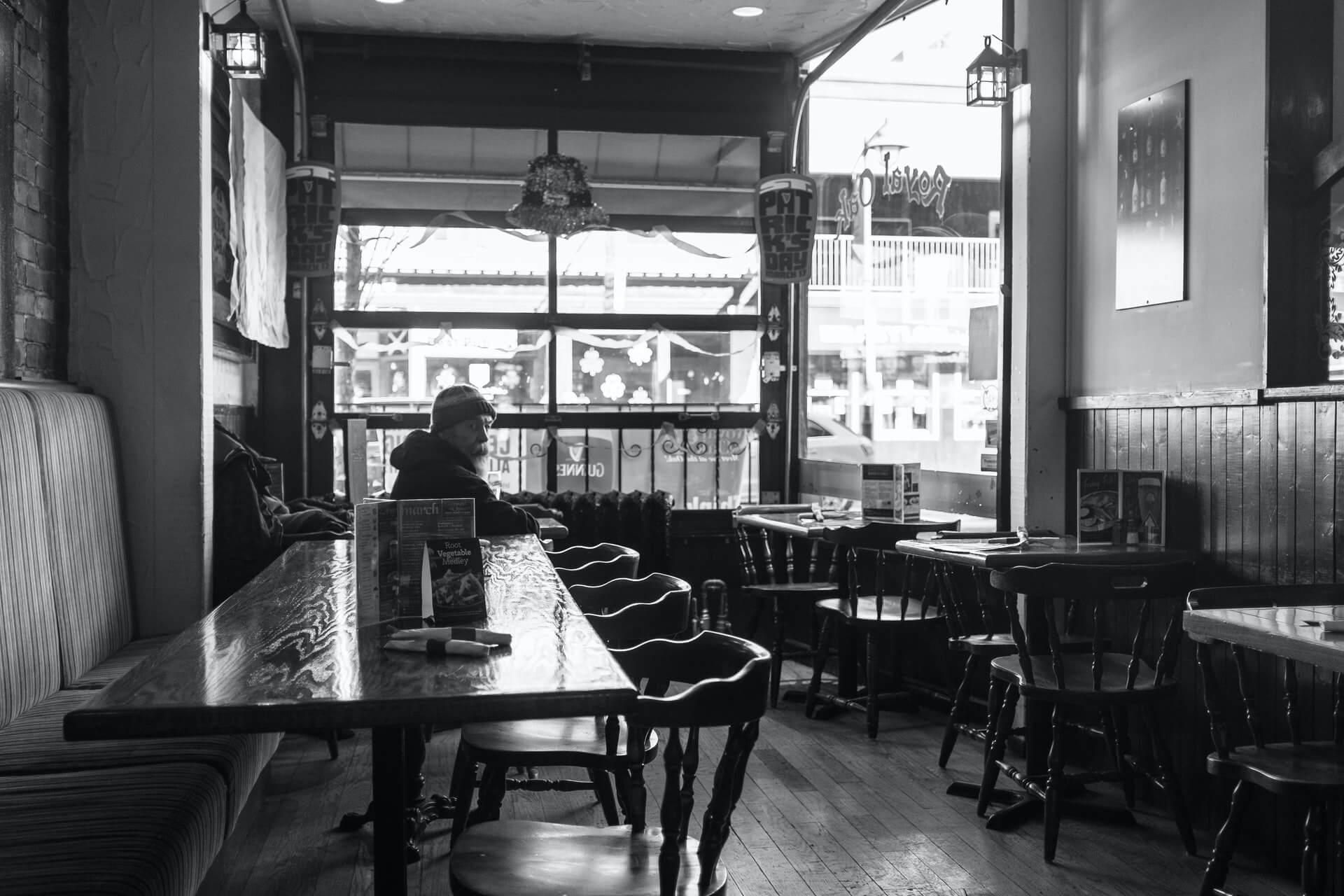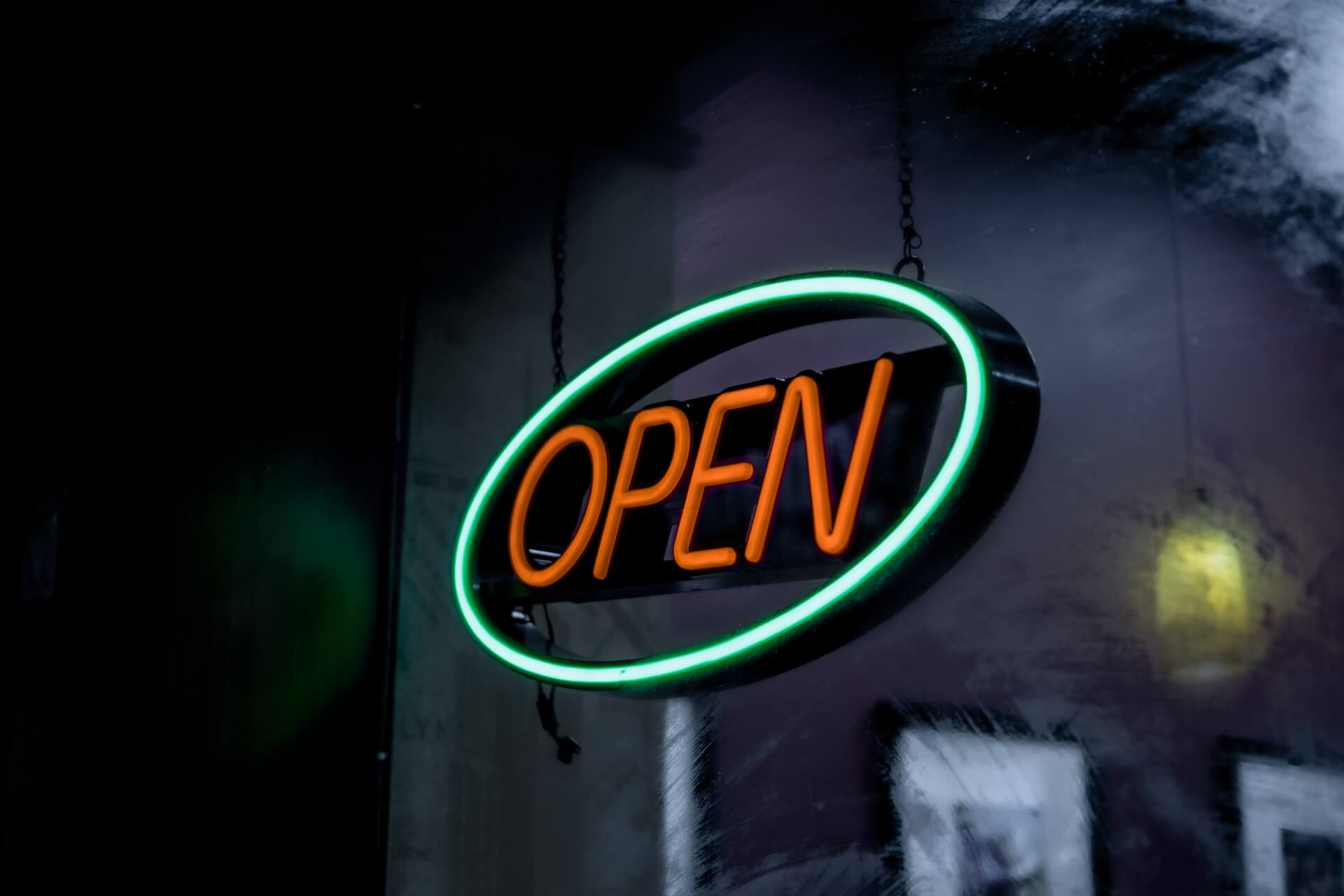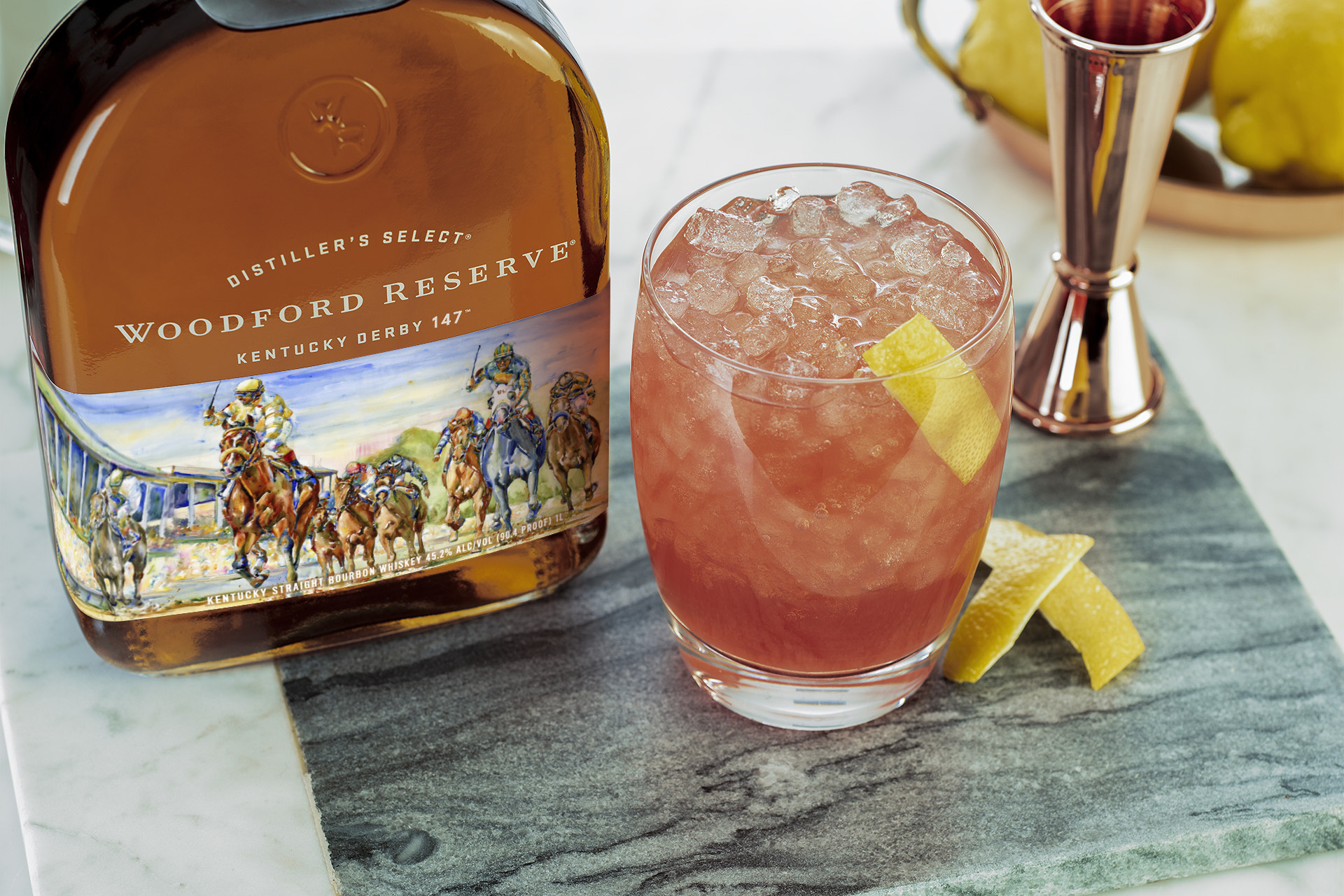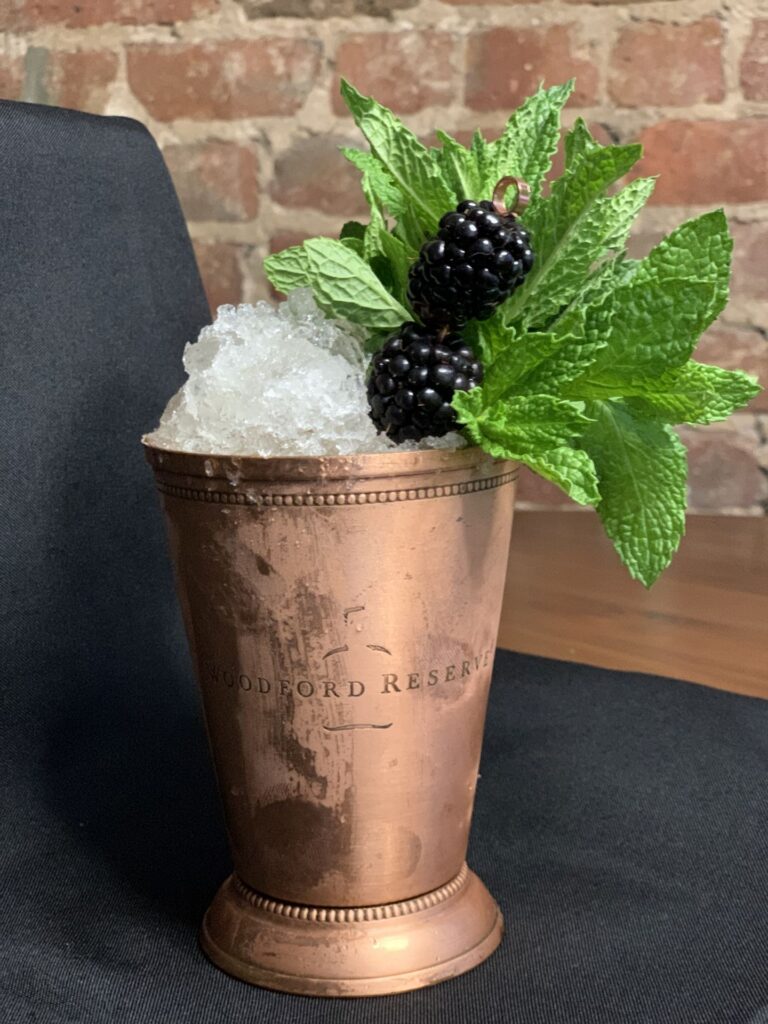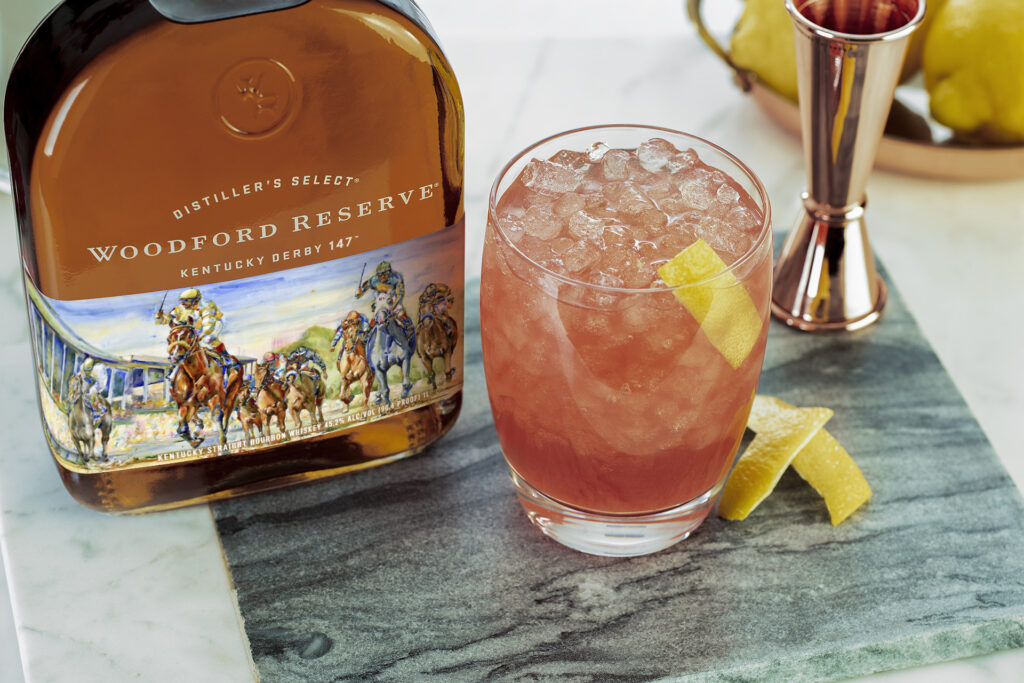The Next Spirits Billionaire?
by David Klemt

A recent deal involving a whiskey brand is set to help welcome another member to the exclusive Celebrity Spirits Billionaire’s Club.
Three-division UFC fighter. Two-division champion. Entrepreneur. Billionaire? Conor McGregor may add another comma to his bank account.
Proximo Spirits and Proper No. Twelve Irish Whiskey will continue their relationship long-term after agreeing to a nine-figure deal.
The terms of the Proper-Proximo agreement are confidential. However, the consensus is that Proper No. Twelve is going to make MMA star Conor McGregor a billionaire.
Money McGregor
One detail that isn’t exactly confidential is the overall value of the Proper-Proximo agreement.
McGregor and his business partners sold their majority stake in the popular Irish whiskey brand. It’s believed the deal is worth up to $600 million, or nearly €500 million.
However, how much of that $600 million is going to McGregor is unknown at this time.
To be clear, McGregor has a ways to go before he becomes a billionaire. Of course, he’s closer than most of us
Per reporting from The Irish Post, Proper No. Twelve is going to make McGregor the first billionaire Irish athlete.
“The terms of the agreement are confidential, however, the most important thing is Conor McGregor will remain a stakeholder of Proper No. Twelve, the brand that will make him a billionaire,” says Karen Kessler, a spokesperson for the former MMA champion.
Rapid Growth
It’s important to remember that Proper No. Twelve is just a few years old. That detail highlights the impressiveness of this deal.
Remember, Proper No. Twelve only launched in 2018. Since then, the brand has shipped over six million bottles. Proper No. Twelve is set to enter additional international markets moving forward.
Mike Keyes, president and CEO of Proximo Spirits, certainly seems to believe Proper No. Twelve isn’t “just another” celebrity spirits brand.
“It is rare to see a celebrity impact a brand the way Conor McGregor has Proper No. Twelve Irish Whiskey, and I have not seen many brands in the spirits industry catapult to this level of success in such a short period of time,” says Keyes. “This agreement is a vote of confidence in the incredible potential of this brand and a testament to the incredible work of Conor, Audie, Ken and the Proper No. Twelve team, as well as the efforts of Proximo and its distributors, who have all made this success possible.”
Celebrity Spirits Billionaire’s Club
Before proceeding, it must be mentioned that McGregor doesn’t consider himself a celebrity. According to him, “I’m not a celebrity. I break people’s faces for money and bounce.”
Regardless, the face-breaker money-maker is among an elite group of celebs with stakes in lucrative spirits brands.
We’re all well aware of George Clooney’s success with Casamigos, the brand he and his business partners sold for $700 million. There’s another $300 million in it for them if the brand hits performance goals over the next several years.
Diddy’s collaboration with Diageo, which includes CÎROC Vodka and DeLeón Tequila, is pumping up the artist and entrepreneur’s net worth. It seems quite likely that when he reaches billionaire status, it will be in no small part to the success of the Diageo brands.
Like McGregor, Ryan Reynolds got involved in spirits brand ownership in 2018. Retaining his ownership stake in Aviation Gin may catapult the actor, entrepreneur and social media slayer to billionaire status.
Jay Z is a wildly successful entrepreneur. In 2019, the empire he built made him a billionaire. Ace of Spades (Armand de Brignac) reportedly made Jay over $300 million midway through June 2019. D’USSE scored him an estimated $100 million. Jay Z launched luxury cannabis brand Monogram, sure to add much more to his net worth.
Why Should You Care?
Operators, their employees, and their friends and families continue to struggle in 2021. Our industry has fought endless battles. America’s operators just began the process of receiving specific relief yesterday.
So, it can be difficult to discuss the net worth of celebrities given what people are going through. The topic can come across as insensitive. That is by no means lost on me.
Were any of the brands in this post reliant solely on celebrity endorsement, I wouldn’t bother including them. The fact is, the success of these brands relies on consumer demand.
Celebrity endorsement only goes so far—if the product sucks, the shine will wear off and consumers will move on. And today’s consumer moves on quickly. There’s always something shinier, always a celebrity name with more gravitas.
Proper No. Twelve, Aviation, Casamigos, DeLeón, CÎROC, D’USSE, and Ace of Spades are past the honeymoon phase of brand adoption. Consumers have spoken, and these are among the brands they want and expect to see on menus. Your menus.
You certainly don’t need to stock these or any other celebrity brands. Just don’t be surprised if guests become frustrated if they can’t get them at your restaurant or bar.
That goes for any brand. Listen to your guests and what they’re asking for from you. Charge your front-of-house team with doing the same and encourage them to report back to you what they’re hearing from guests. One of the easiest ways to inspire repeat visits and refresh your menu is to simply listen.
Image: Photo by Giorgio Trovato on Unsplash
